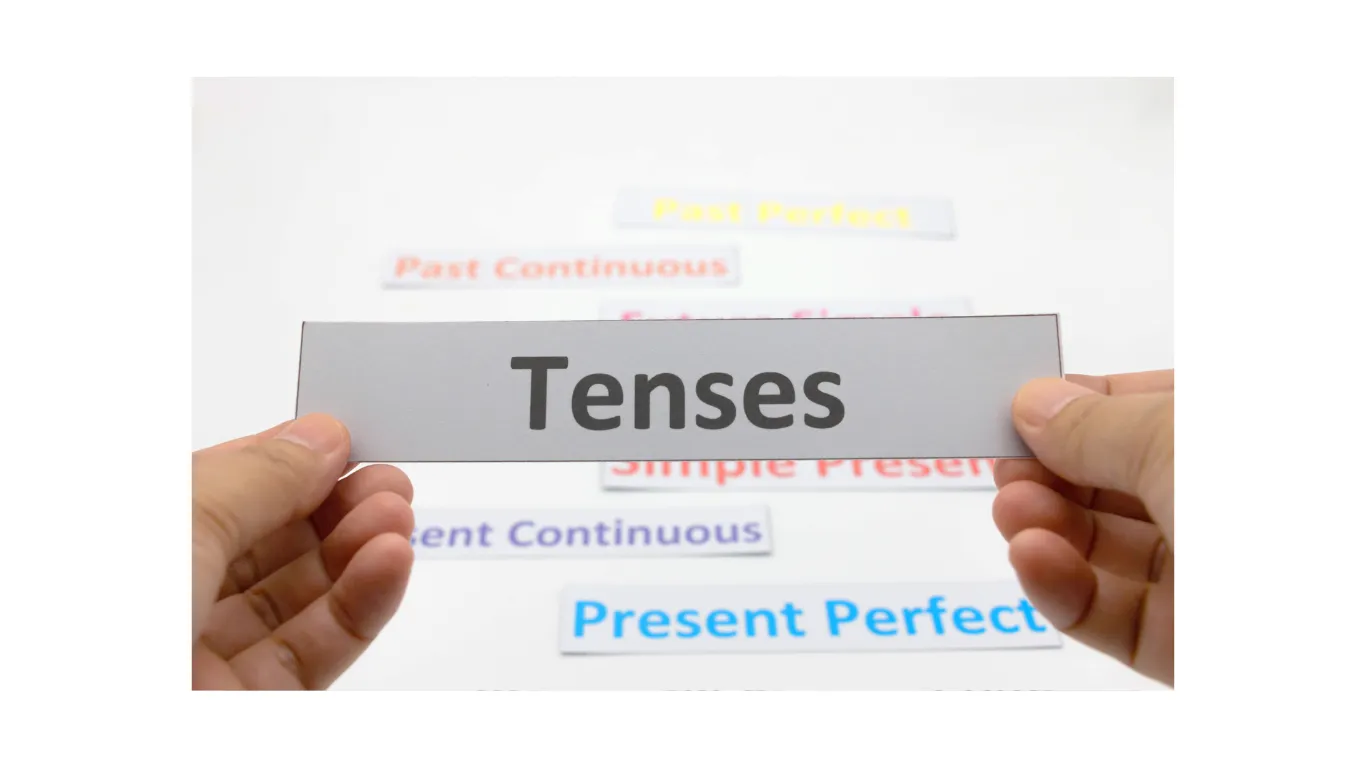Tenrycolle.com
What better to do than, share your English knowledge with other people
What better to do than, share your English knowledge with other people
What better to do than, share your English knowledge with other people

English is a dynamic and versatile tool for expressing thoughts, actions, and ideas. To wield this tool effectively, one must grasp the intricacies of verb tenses, one of which is the Present Continuous tense. In this article, we will dive into the world of the Present Continuous tense, exploring its definition, purposes, formation, and common mistakes that we often encounter. Whether you are an English language enthusiast or a student looking to bolster your grammar skills, this short and simple guide will illuminate the path to mastering the Present Continuous tense.
Read also: Simple Present Tense: Definition, Function, and StructureThe present continuous tense (also called the present progressive tense) is used for something in progress at the moment of speaking; it describes something happening in the present moment and also for expressing future arrangements. It can only be used with action verbs.
It is used to express continuing / ongoing action.

The sentence “I am reading a book right now” uses the Present Continuous Tense to convey that the action of reading is currently in progress at the present moment,
It is used to refer to a future arrangement.

In this sentence, the Present Continuous Tense talks about a future action or event, specifically the act of leaving, which will happen tomorrow. This is a common usage of the Present Continuous Tense to describe scheduled or planned future events.
You can use the present continuous for plans with these words:
| Am/is/are | Subject | Am/is/are | Ving | Rest of sentence |
| – | I | am | working | now. |
| – | You / We / They | are | working | now. |
| – | He / she / it | is | working | now. |
| – | I | am | working | now. |
| – | You / We / They | are | working | now. |
| – | He / she / it | is | working | now. |
| am | I | – | working | now? |
| are | You / We / They | – | working | now? |
| is | He / she / it | – | working | now? |
Action verbs can be used in simple and continuous forms. State verbs are not usually used in continuous forms.
√ I am reading right now.
× I am owning two cars.
The sentence “I am owning two cars,” uses the verb “own,” which is typically a state verb when used to express possession. State verbs like “own,” “have,” “belong,” and “possess” are usually not used in continuous (progressive) forms because possession is a state, not an action.
Present Continuous tense is valuable for expressing current actions, plans, and temporary situations. Understanding its purposes, formation, and potential pitfalls is essential for effective communication in English. By mastering this tense, you will enhance your language skills and be better equipped to convey ideas accurately and fluently. So, go ahead and practice, and soon, you will be using the Present Continuous tense with confidence and precision.